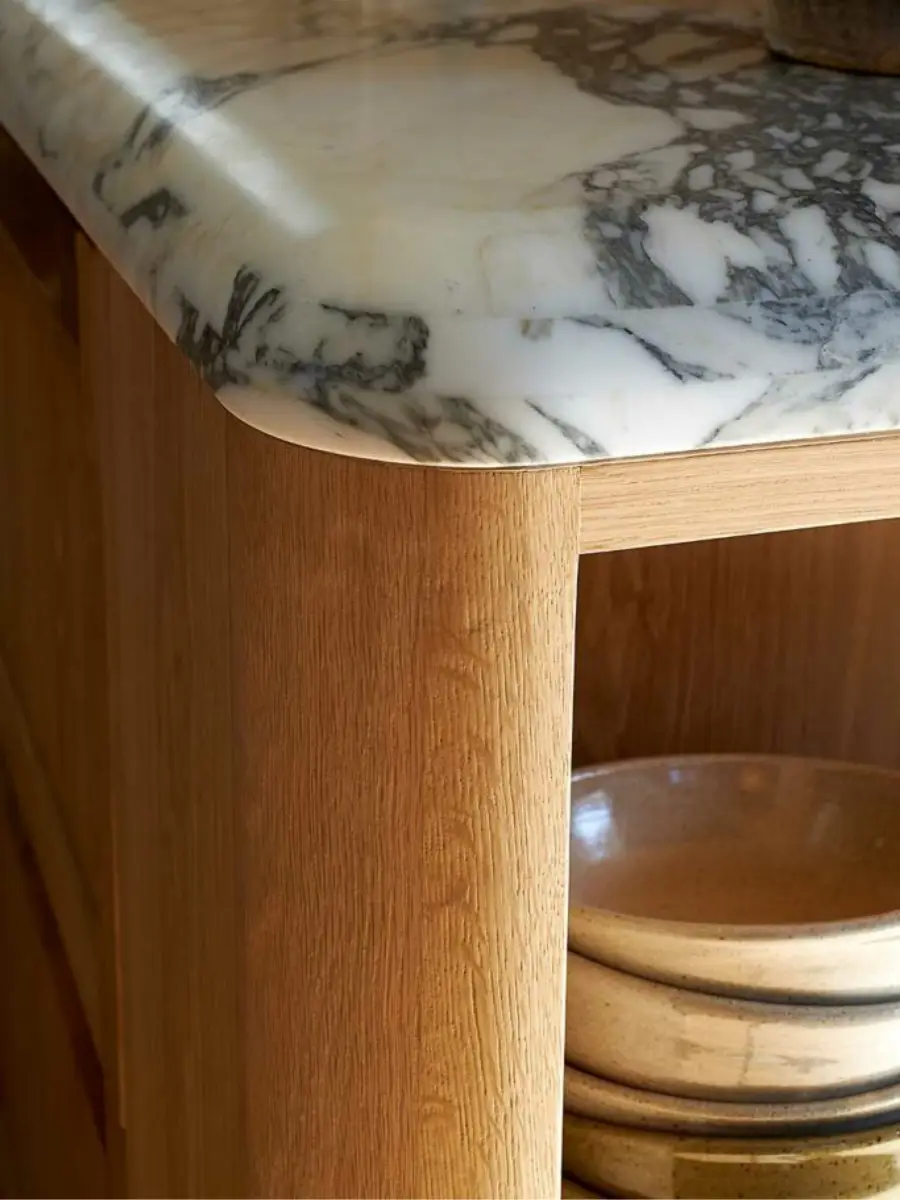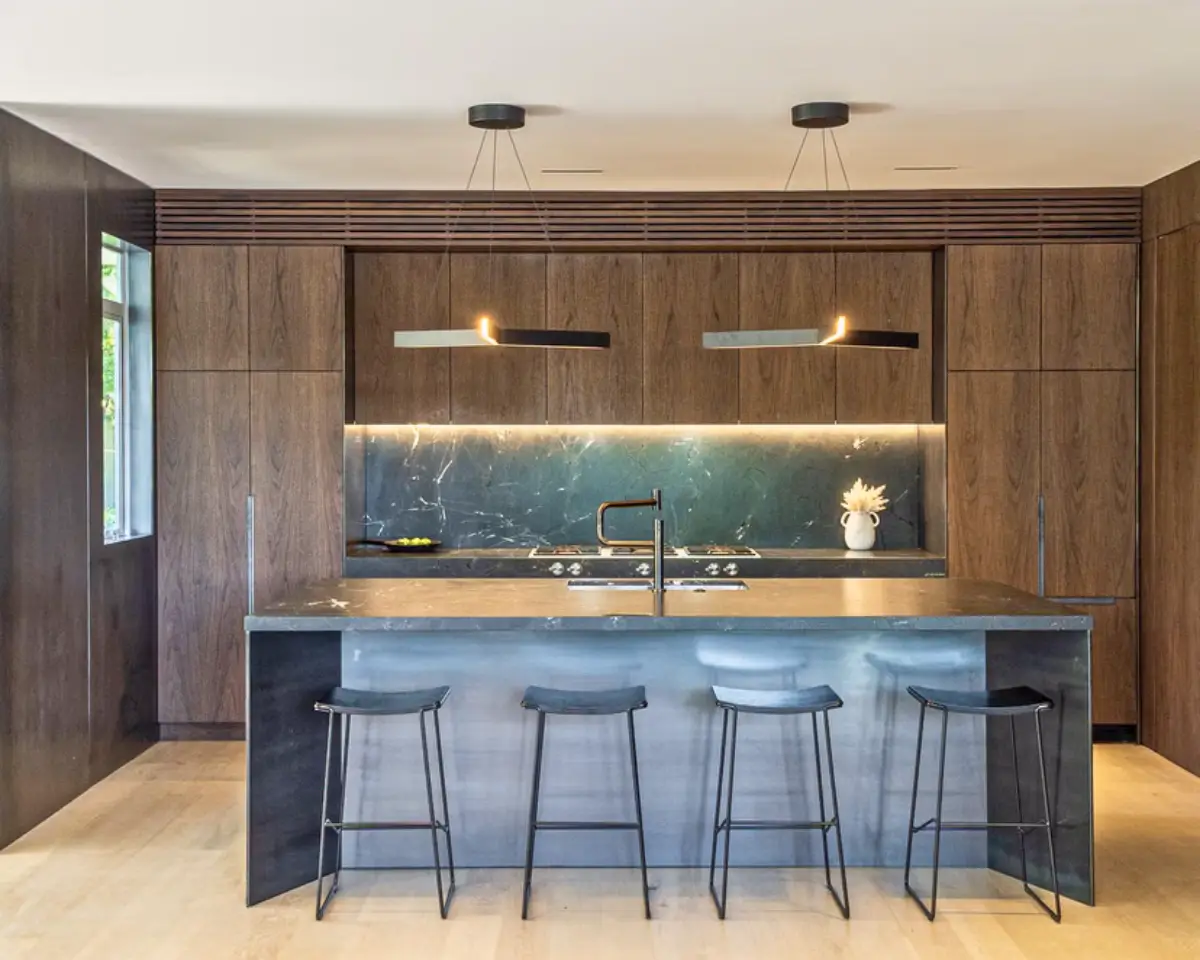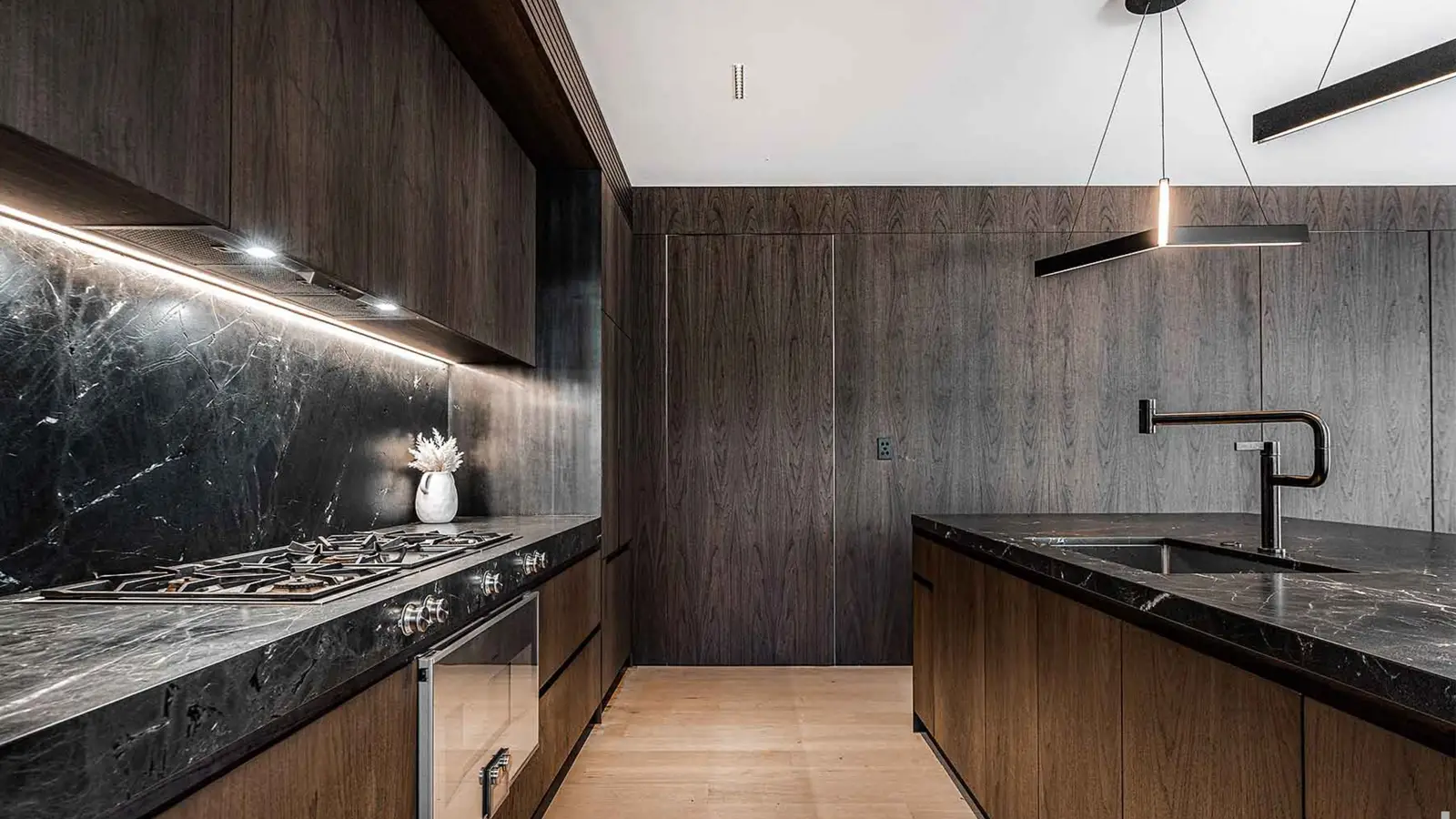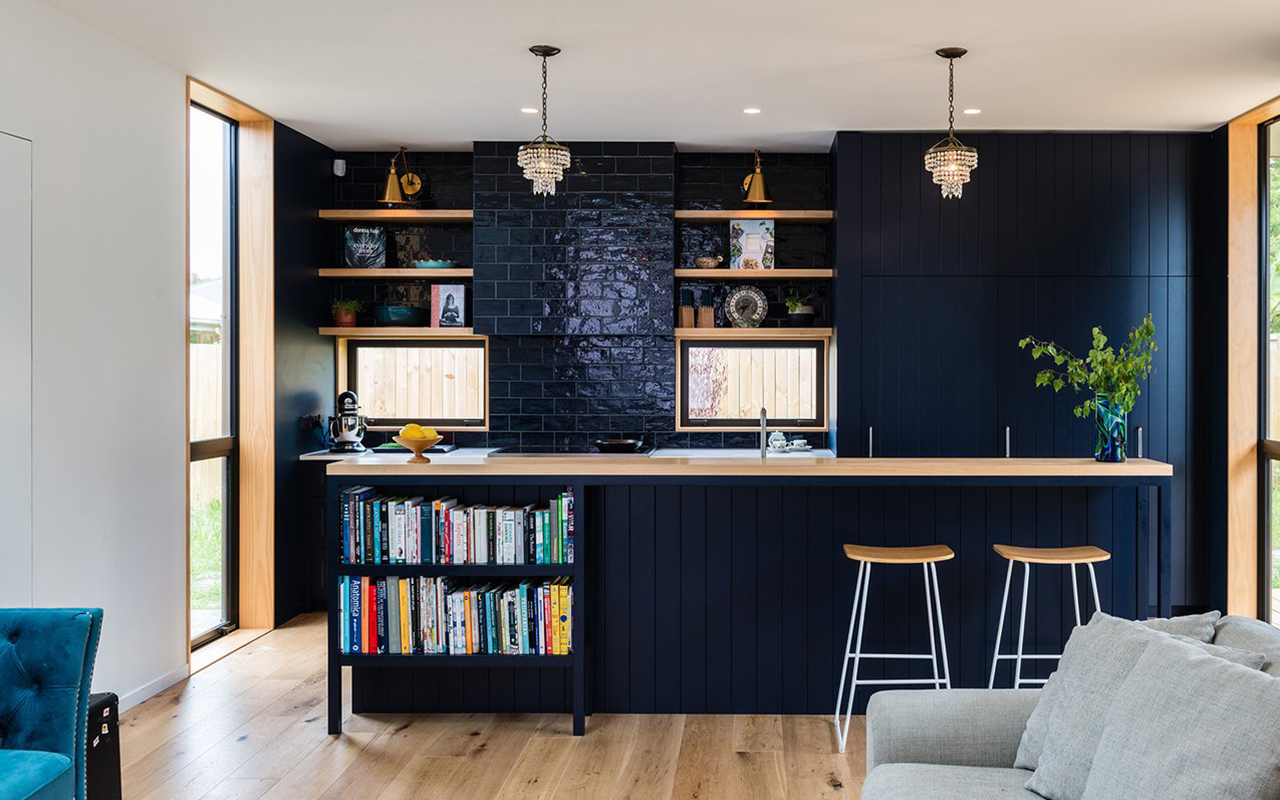Smart veneer edging solutions aren’t just about looks, they’re central to how fabricators like DBJ Furniture achieves seamless, award-winning custom joinery. In their standout “Walnut Wonderland” project, the team pushed both craft and technology to new heights, achieving grain flow and surface integration that blurred the line between cabinetry and architecture.
Inside DBJ’s Walnut Wonderland
In high-end joinery, precision and material integrity are everything. Veneer work, particularly at the luxury level, isn’t just about aesthetics—it’s about integrating timber surfaces into architectural spaces without visible transitions or inconsistencies. Paul Walkinton, Managing Director of DBJ Furniture, knows this well, having spent years refining techniques that balance craftsmanship with technological innovation.
One of DBJ’s most technically demanding projects, Walnut Wonderland, exemplifies this philosophy. The client’s vision required a continuous grain flow across multiple cabinetry elements, essentially treating the joinery as an uninterrupted architectural surface rather than separate units.
“We had to ensure absolute continuity in the veneer pattern while accommodating the structural and functional needs of each element,” Walkinton explains. “Using 2mm Tekton veneer edging allowed us to maintain the flow without the disruptions that conventional clashing strip methods might introduce.”
Beyond aesthetics, material selection played a crucial role. The team needed a balance between natural veneers and architectural laminates, ensuring durability while preserving the tactile quality of timber. CNC precision and meticulous hand-finishing ensured that every joint was imperceptible, reinforcing the idea that joinery should feel like an extension of the architecture rather than an added feature.

Material Choices That Work Hard
Smart veneer edging solutions aren’t just about looks—they’re core to DBJ Furniture’s lean, design-led manufacturing.
Their access to specific widths, like 29mm for 26mm panels, offers flexibility on slim profiles such as floating shelves, while wider options enable clean finishes on large-scale feature panels. “Size flexibility allows us to align materials with design intent rather than working around stock limitations,” says Walkinton.
This material strategy flows through their production process.
“Our nesting strategies are planned around optimised edgeband dimensions,” he adds. “By reducing unnecessary trimming and rework, we lower waste while ensuring every piece fits precisely within the larger design framework.” Pre-matched decorative tapes help speed up finishing, reduce sanding, and keep quality consistent across every run.

When Tech Meets Craft
DBJ’s ability to deliver seamless, high-end joinery comes from the balance they strike between advanced machinery and human touch. Their 5-axis Biesse CNC system handles complex shapes and curves with tight tolerances. But it’s their team’s hand-finishing that gives the final product its warmth and refinement—especially on feature joinery like fluted faces and curved cabinetry.
“For us, the goal is always to create something that feels effortless, even when the complexity behind it is immense,” says Walkinton. “That’s the essence of high-end joinery—pushing what’s possible while ensuring the final product feels natural and integral to the space.”
Tekton veneer edging played a central role in delivering the seamless look DBJ aimed for in Walnut Wonderland. But what sets Tekton apart? It’s a multi-layered, engineered veneer tape designed to bend cleanly, hold tight on curves, and resist cracking or splintering under pressure. Unlike traditional thick veneer edging, which can be fragile during machining or post-processing, Tekton’s laminated structure provides built-in flexibility and strength.
It still sands and finishes like solid veneer—but it behaves like a high-performance composite, making it ideal for intricate, high-expectation projects.
Available in popular species such as American Oak, Walnut, White Ash, Tawa, and more, with widths ranging from 22mm to 85mm, Tekton gives joiners and designers the freedom to match detail with scale—without compromise.
DBJ’s approach to edgebanding exemplifies the intersection of technical precision, material intelligence, and aesthetic sensitivity. From the meticulous detailing of Walnut Wonderland to the efficiencies gained through lean manufacturing, their projects demonstrate that true craftsmanship is not about individual components, but about how every element coalesces into a singular, cohesive vision.




